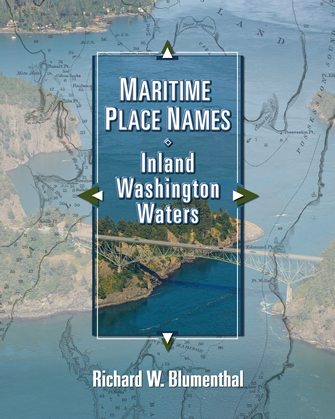Maritime Place Names: Inland Washington Waters is slowly being replaced by Maritime Names of Washington. While both books are similar, Maritime Names of Washington is the result of twelve more years of research and the addition of Pacific coastal names among many other changes. Thus, I now have an improved version of our maritime history.
I am down to the final few copies of Maritime Place Names and to clean out my inventory, the book is reduced in price by 33% to $19.95.


4 Reviews for MARITIME PLACE NAMES Inland Washington Waters